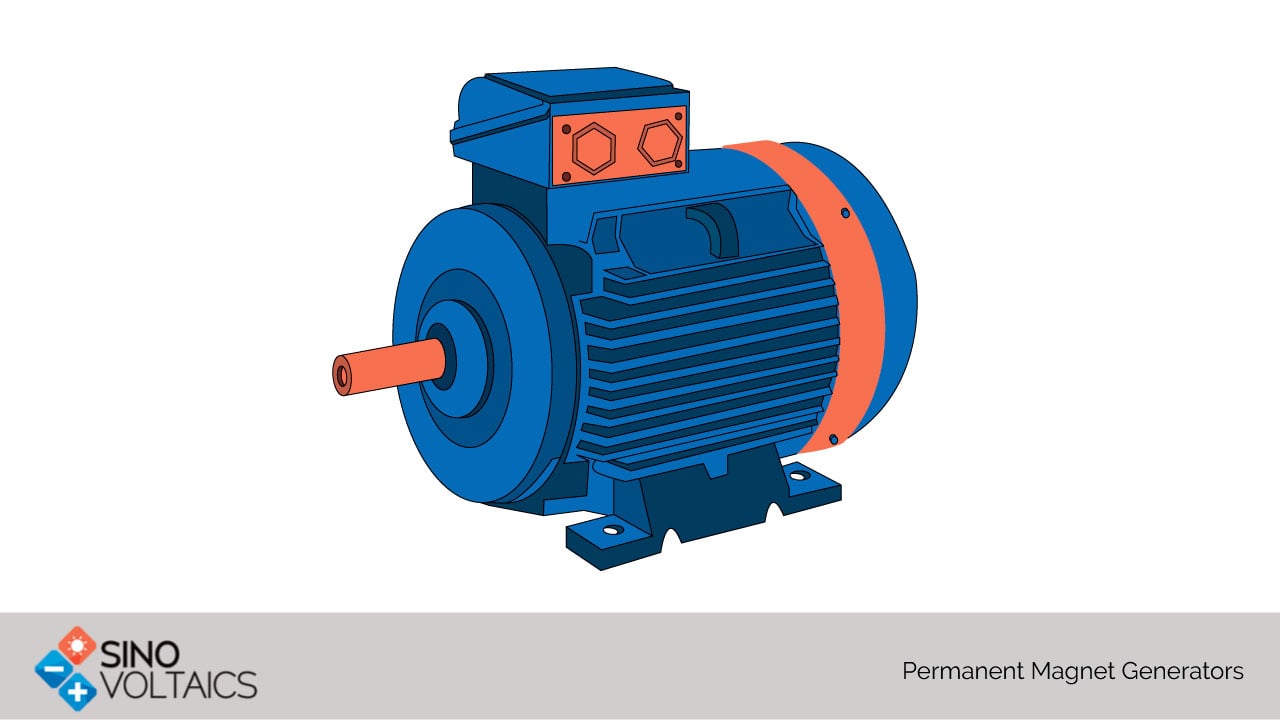Seamless Soldering technology
Solar-hydro-wind combination
Solar Dryer
Solar Distillation
Tesla Solar Roof Tiles and Shingles
Agrivoltaics
Solar Water Heating
Research Development and Demonstration
[...]
What are Permanent Magnet Generators?
 But the PMG has a disadvantage also. The magnetic strength may change with time. This will change the output voltage even if all other parameters are kept same. Output voltage also changes when the load current changes. In a generator with current excitation these changes can be easily compensated by controlling the field excitation current. With a flux produced by a permanent magnet there is no way to control the flux strength and hence, to compensate for the output voltage variations. However, there is no difficulty in using PMG’s where a subsequent stage of voltage regulation is present.
But the PMG has a disadvantage also. The magnetic strength may change with time. This will change the output voltage even if all other parameters are kept same. Output voltage also changes when the load current changes. In a generator with current excitation these changes can be easily compensated by controlling the field excitation current. With a flux produced by a permanent magnet there is no way to control the flux strength and hence, to compensate for the output voltage variations. However, there is no difficulty in using PMG’s where a subsequent stage of voltage regulation is present.